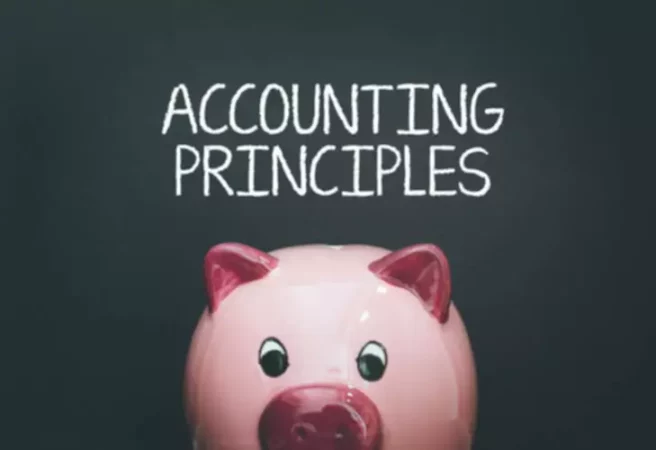Overview
As we all know, earning revenue is the purpose of doing business. Revenues are created from day-to-day activities that a business was created to do, whether it is manufacturing and/or selling goods or providing services. Revenue is the income generated from the sale of goods and services. It is an increase in a company’s resources from the provision of goods and services. Recognition is the acknowledgment of something’s existence. Thus, revenue recognition is essentially the acknowledgment of income.
If you are running a small business, you are most likely recognizing revenue using the cash accounting method. If your business is using the cash basis of accounting, then it is really easy to compute the revenue when the cash hits the cash register or the bank account. This is because the cash basis of accounting is very simple. Unfortunately, cash accounting is not compliant with the US GAAP and that is why it is used only by small businesses.
There is usually a point in time where a business will have to migrate its books and records to accrual accounting, which is another method to account for business transactions. In most cases, this happens when a company decides to attract outside funds and needs to present its financial reports to the investors.
Under accrual accounting, you book the revenue when you earn it based on the invoice or the contract with a customer, not when you get paid. Revenue is deemed to be realized when ownership of goods has been transferred to the purchaser and when the purchaser has legally become liable to pay the amount. So, it is not related to the receipt of cash. Revenue recognition occurs in two ways:
- The service is provided and then the cash will be paid.
- The cash is paid and now the service can be provided.
The first case is known as accrued revenue, and in the second case, you will see this referred to as deferred revenue. Note that a business can earn revenue at the same time it is given the cash for performing a service or selling a product. Thus, under the revenue recognition principle, bookkeepers must record revenues in the period within which they were earned.
Knowing when to recognize revenue is the reason why we have the GAAP has detailed rules for when and how to enter revenue (and expense) transactions in the bookkeeping records. This helps to ensure that companies to not claim revenue on their financial statements that they have not yet earned yet. It is no wonder that investors want the company to follow the revenue recognition principle in their bookkeeping practice. After all, they wan to know what the company has truly earned and spent as of the date.
Example 1
Let’s look at an example of revenue recognition. Lex’s Printing Co. earned a revenue of $7,800. We are going to look at it in two different ways.
- The first way, we are going to assume that Lex’s Printing Co. earned this revenue, and cash was received immediately when those revenues were earned.How does this activity affect our accounting equation? What parts of the accounting equation are getting affected? Well, the company received cash, which will be recorded in the asset account named Cash. So, assets are going up by $7,800. What else is happening? The company is not incurring a liability but earning revenue, which affects net income by increasing it. Net income, in return, affects retained earnings, which fall under the owner’s equity section. Therefore, revenues will make retained earnings go up. Accordingly, our accounting equation will stay in balance.
- The second way, we are going to assume that Lex’s Printing Co. earned this revenue on credit and cash is to be received later. Let’s think again about how this will affect the accounting equation. Are assets being affected? Well, there is no cash account involved in this transaction. However, there is another asset account being affected, which is called Accounts Receivable. This account keeps track of the money we are owed. So, our assets are going up by the same amount – $7,800. Are our liabilities changing? Lex’s Printing Co. does not owe anything. Once again, owner’s equity is increasing because our revenues are increasing.
Example 2
To help you understand this concept even better, let’s consider another case. On April 18th, a person goes to your auto parts store and orders some parts for their vehicle. Since these parts are not cheap, you have the customer pay cash at the time of ordering the parts. However, these parts will arrive at your store and can be picked up by the customer only on May 10th.
On May 10th, the customer comes back to pick up the goods he already paid for. Assuming that the accounting period ends at the end of the month, when should you record the revenue. On April 18th the cash was received and it might seem that you can already record this as revenue on your books. However, you have not yet completely fulfilled your obligation before the customer and the customer has not yet received the goods he ordered. Thus, you are not able to record this transaction as revenue until May 10th. Until then, it will stay on your books as unearned revenue or a liability instead of an asset. As you can see, the revenue recognition principle is rather simple and not as complicated as it is often considered to be.


















